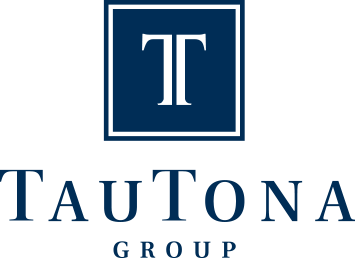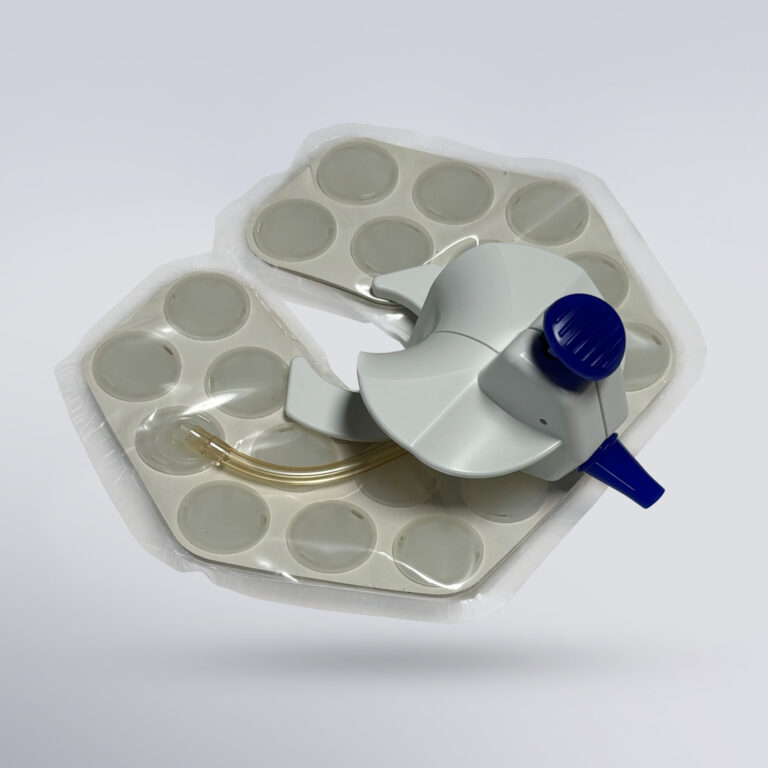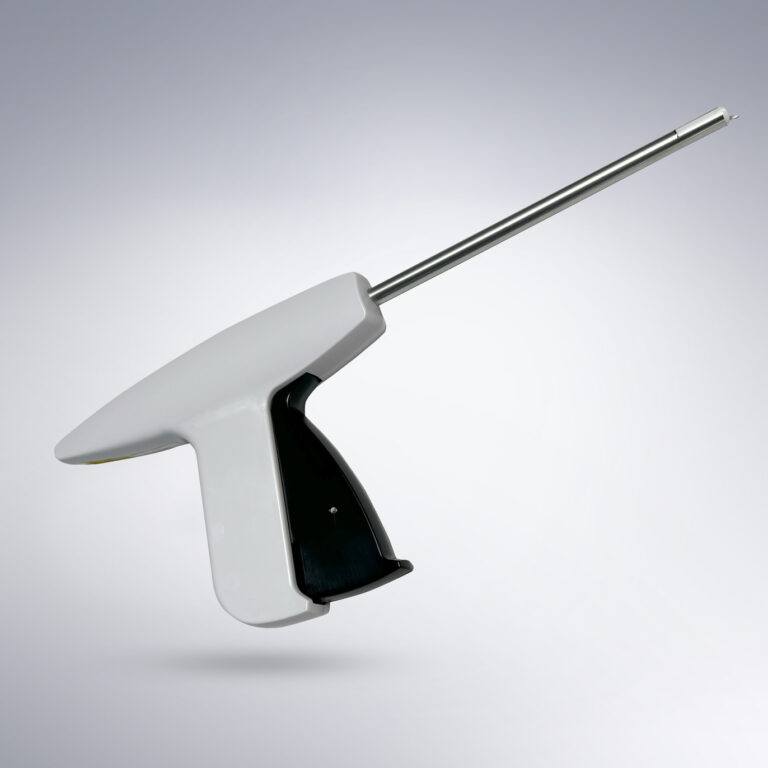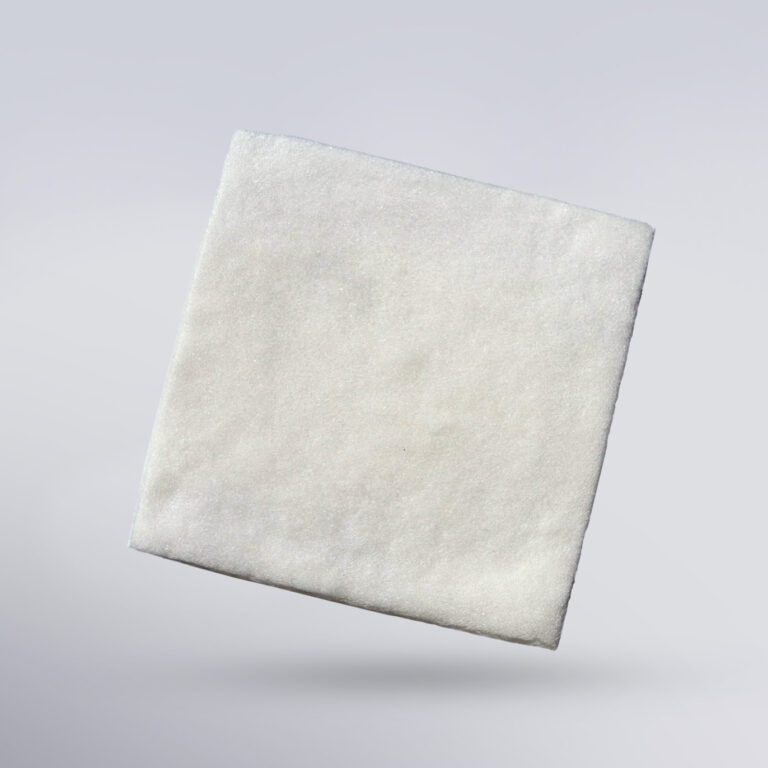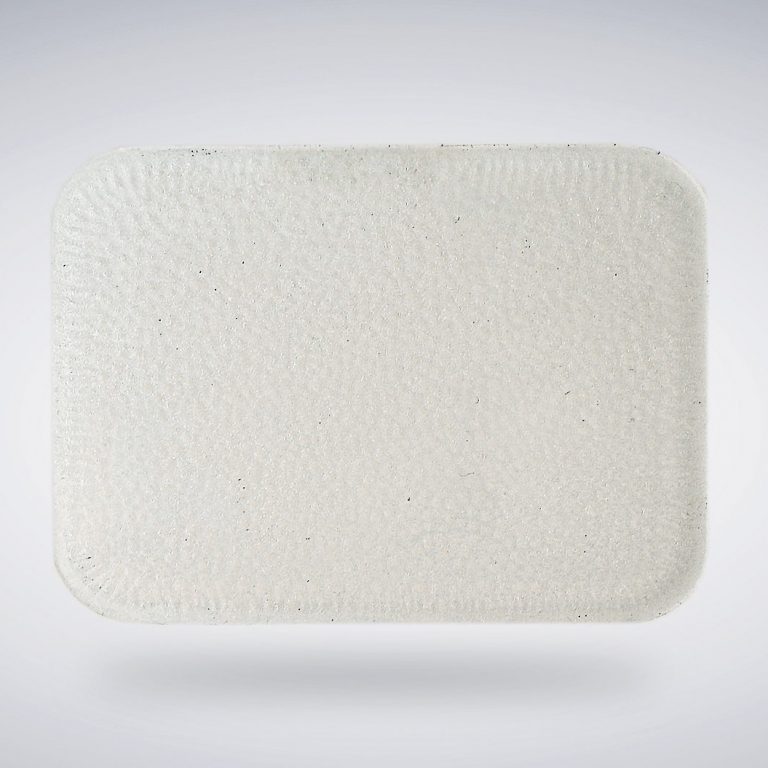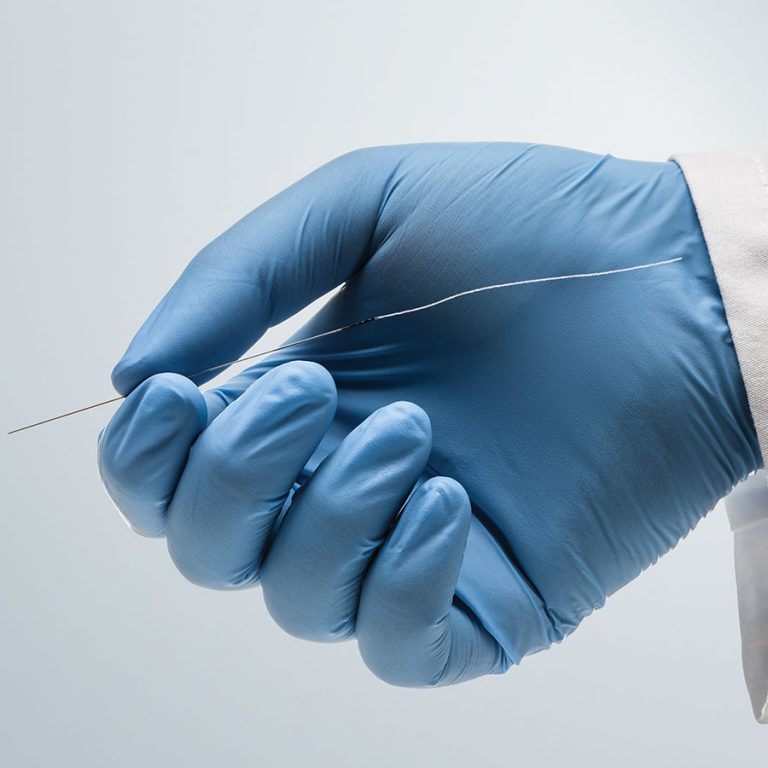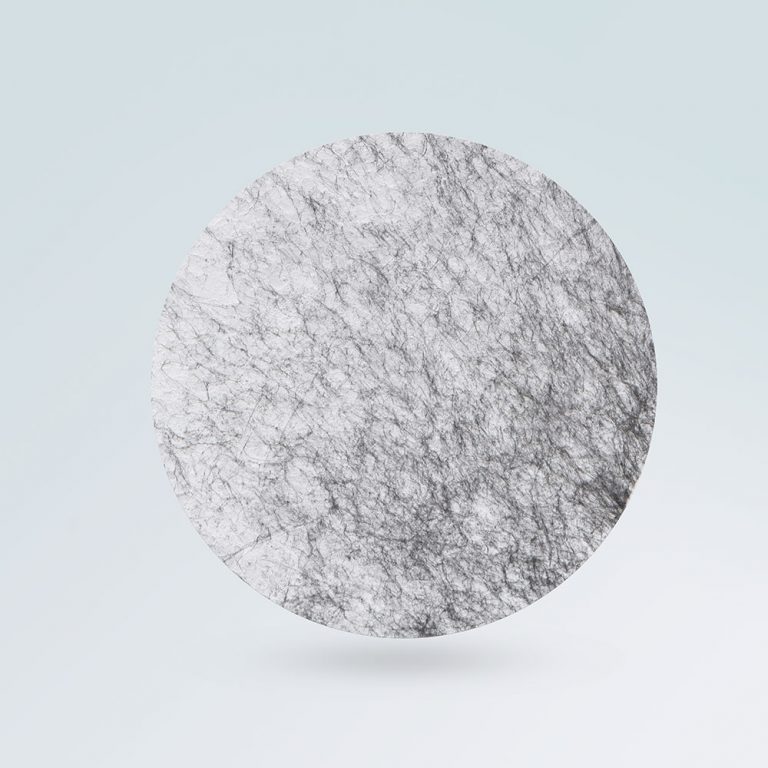Surgeons routinely use fluorescent imaging technologies, such as ICG (indocyanine green), to evaluate blood flow and assess reperfusion during wound care and breast reconstruction procedures. One challenge using the technology is how to transcribe the areas of interest seen on the imaging display to the part of the body under evaluation. Imaging is performed with the operating room lights off and typical surgical markers used to write on the body are not visible under fluorescence imaging. Surgeons are literally “operating in the dark” when trying to ensure the marks they are making on the body are actually corresponding to the area of interest seen on the imaging display. This is not unlike “coloring inside the lines” with one’s eyes closed every few minutes. Surgeons must resort to manual estimates, sometimes requiring additional, time-intensive surgical refinements to achieve perfusion.
TauTona’s surgical marker technology solves this challenge with a patented pen whose tip is visible on the fluorescence imaging display, which allows the surgeon to mark areas of interest that are visible under fluorescence imaging regardless of lighting conditions.
This precision marking saves the surgeon time and provides confidence that any further action required on an area of interest is performed on the exact area and not a significantly larger area, “just to be sure”.
Novadaq Technologies, a leading developer of clinical imaging solutions for use in surgical and outpatient wound care procedures, snapped up the TauTona surgical marker. Novadaq expects to integrate this technology into their SPY and LUNA fluorescence imaging products, improving solutions that are already recognized by more than 70 peer-reviewed publications as leading to fewer postoperative complications and lower hospital costs during complex surgery.


